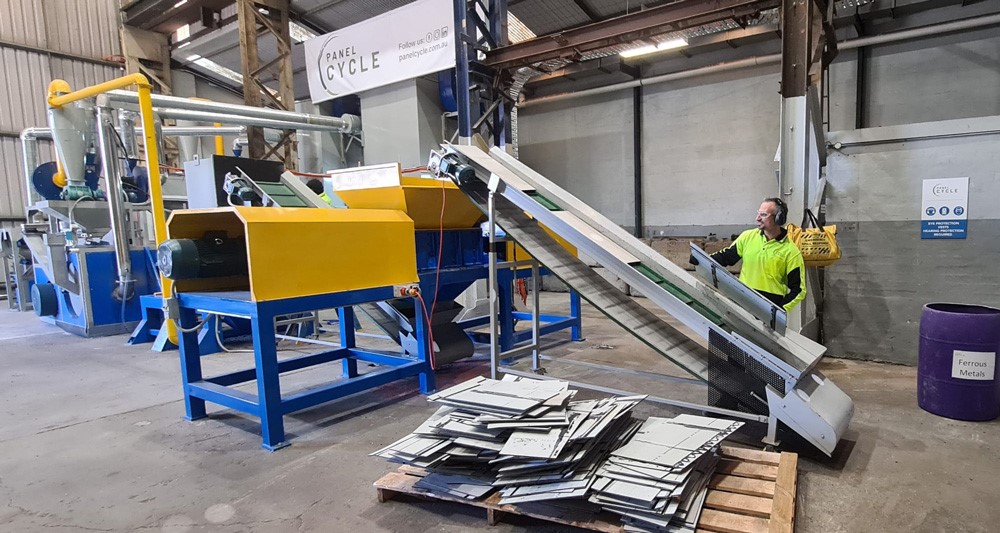

According to Llewellyn Regler, National Technical Manager at Network Architectural, their partnership with PanelCycle began about two years ago. At that time, no one had set up a recycling system for aluminium composite panels. PanelCycle was the first independent company to provide a recycling solution, and partnering with them made perfect sense.

Network Architectural is known for its facade and ceiling solutions expertise and has always prioritised sustainable solutions. Their commitment to quality, compliance, and transparency is unmatched. Through their partnership with PanelCycle, customers can now choose sustainable options for re-cladding.
In the past few years, with the advent of the Paris Act of 2015, the concept of environmental leadership has grown and developed alongside the idea of sustainability. The architecture and design community has become more accountable and focused on thoughtful ESG strategies, with many businesses prioritising decarbonisation efforts. In addition, transparency has replaced greenwashing as the norm.
PanelCycle offers a complete solution for recycling combustible Aluminium Composite Panel cladding. Their process diverts all materials from landfill and uses them for manufacturing in Australia.
The PanelCycle process consists of four steps: Transport, Recycle, Processing, and Consumption. During the Transport stage, PanelCycle offers customised transport solutions based on their extensive experience in the construction industry. In the Recycle phase, combustible ACP cladding is removed from the building and recycled, ensuring none ends up in landfills. The Processing step involves breaking down ACP cladding using specialised machinery and separating it into aluminium and core material. Finally, the separated materials are used to produce new products that are reintroduced into the construction industry during the Consumption phase.
Llewellyn remarked: “We offer the service as an add-on to our clients. Or we point them directly to contact PanelCycle. For us, the important thing is that the panels are being recycled.”
He is quite optimistic about the future of the JV as aluminium composite panel waste is now transformable, unlike conventional asbestos. In fact, through PanelCycle, the authenticity of the waste or the recycled material can be determined.
“PanelCycle will collect the panels from the site, acknowledge that they’ve taken receipt, then provide detailed independently audited reporting after processing to prove how they’ve been processed and where they’ve gone,” explained Llewellyn.
PanelCycle will gather documentation from both the aluminium recycler and the recycling location of the core materials. This gives a complete lifecycle view of where the panels end up, which is crucial. Llewellyn mentions that the industry is widely supportive of recycling panels as part of the push for more sustainable construction material management. Moreover, recycling panels is more cost-effective than sending them to landfills. One can contribute to the solution instead of the problem by choosing recycled options.



Responses






